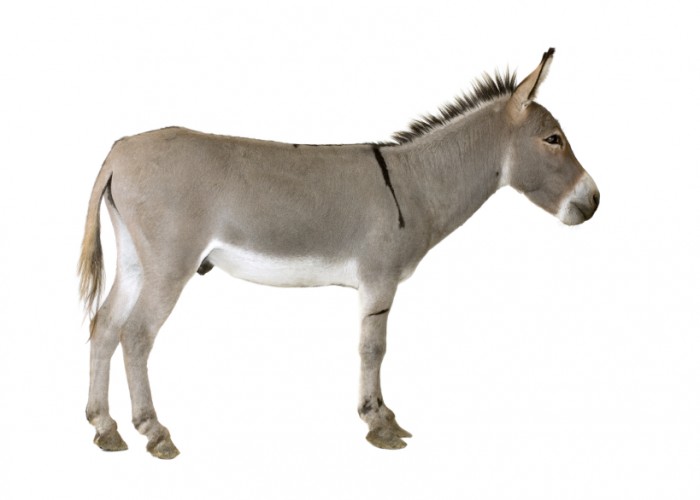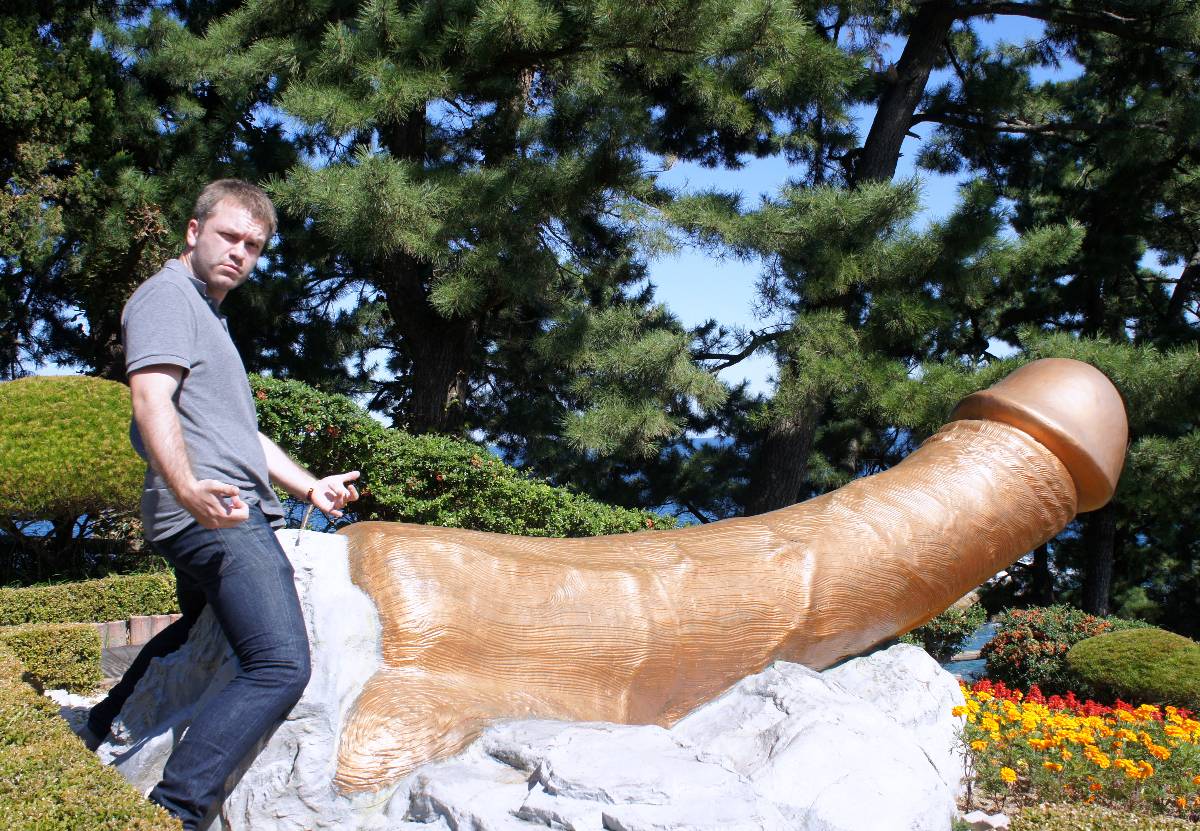Do you want to attract deer with a food plot? Do you want to learn how to plant a food plot? Food plots help attract deer to your property as they will come to feed on the crops and vegetation. It is a good hunting strategy some hunters use as it allows you to hunt on your own property instead of heading into the woods. In this article, we share information about planting a food plot to lure deer to your property for hunting.
- Testing the Soil
The very first thing you should do to plant a food plot is to do a soil test. You want to know what are the nutrients that are in the soil or what it lacks. This is one of the very important steps that must be done to ensure the success of a food plot.
However, many people who plant food plots overlook this very important step in the process. The soil test will give you the pH of the soil. This information will help you learn what are the nutrients that are lacking and what it contains. With this information, you can add the nutrients that it lacks to prepare the soil for the planting of the plants, crops and vegetation.
Moreover, the pH of the soil will help you determine which plants and crops will grow well in that area. It will help you do a better job of planning how to plant the food plot. There are soil test kits that you can purchase to make testing of the soil quick and efficient. You can find some over the counter or online. - What to Plant
When planting a food plot, the decision of what to plant is very important for the success of the plot. You want a food plot that will grow healthy crops, plants and vegetation that will attract deer. Moreover, you also want to plant a nutritious food plot that will meet the nutritious needs of the deer.
Alfalfa, soybeans, clover, chicory, cowpeas, and Sunn Hemp can be planted in the food plot. Additionally, radishes, turnips, lettuce, sweet tubers, beets, kale, brassicas, and oats can also be planted in the food plot. - Where to Plant the Food Plot
The location of the food plot is also very important. Choose an area that will attract deer and will not be easily accessible by many people. It should not be close to roads and other places where people can easily come to it.
Deer will not feel safe if it is close to human traffic and that could be a deterrent for the deer. A food plot’s location must provide a sense of security for the deer as they love cover in the area where they eat crops and other plants. - Site Preparation
The site needs to be cleared and prepared for planting of the crops and vegetation. After the soil test has been completed and you are aware of the nutrients in the soil and what it lacks, the next step is to prepare the site.
It will need to be cleared of weeds and other unwanted plants, stumps, rocks, broken down fences, and other objects. You want to remove anything that will obstruct the growth of the crops, plants and vegetation. - Fertilize & Plant
After clearing the site, you should fertilize it with the nutrients it lack to prepare it for planting. You will know which nutrients to add to the soil thanks to the soil test that was done in the beginning. Now you will appreciate the significance of testing the soil.
After fertilizing the soil, you will then plant the crops, plants, and vegetation in the food plot. To protect the seeds and allow them to grow, you want to protect them from birds. Cover the seeds with a board to protect them from birds and other animals. - Food Plot Maintenance
The job is not over after planting the food plot. It has to be maintained and protected from grazing. Deer and many other animals will be attracted to eat the crops and plants on the food plot before they grow and mature.
Young, leafy, and fresh saplings and plants are very attractive to animals that are going through the fields in search of food. You will have to protect the plants and crops from grazing pressure.
Additionally, you will also have to protect the food plot from weeds. Weeds will continue to grow and this can impede the growth of your plants and crops in the food plot.
On a regular basis, you want to remove the weeds from the food plot to allow the crops, plants and foliage to freely grow and mature. The maintenance of the food plot is very important and vital to a successful food plot to attract deer for hunting. - Watering the Food Plot
Watering the food plot is also part of maintaining the food plot. It may be easy to water the food plot or it can be a challenge, depending on the location of it.
If you are in an area that gets a good amount of rainfall, then you may not need to water the food plot. However, if it is in an area that doesn’t get much rainfall, then you may need to water it sometimes.
Another approach is to plant it closer to a water source if the area experiences periods of dryness regularly. Plant it close to a lake, pond, stream or river if that is possible. However, if that isn’t possible, then you may want to consider setting up a sprinkler system to water the food plot.
Conclusion
Planting a food plot is one way to attract deer to your property for hunting. It allows you the comfort of hunting from your property instead of going into the woods to hunt wild game.
You will have to plant a food plot to attract deer. Some planning must be done to successfully develop a food plot that will attract deer to your property. In this article, we discussed the steps to plant a food plot. If you want to learn more about planting food plots, then the hunting terrain gives more planting food plots information.








